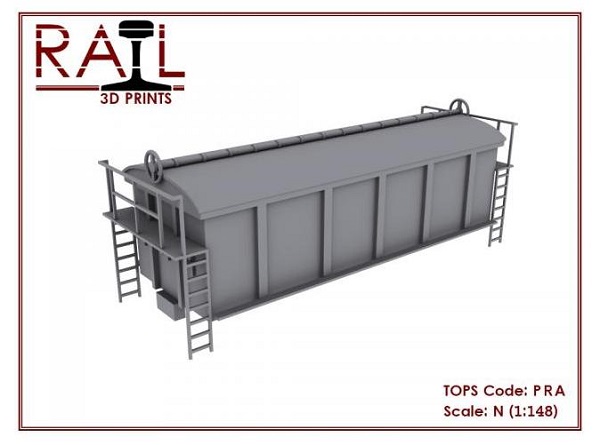
Monday afternoon was my first chance to use Reading station in its post-rebuild form with the station back in full use. It’s an ambitious rebuild aimed to improve capacity for what had become a major bottleneck on the system, with five brand new through platforms on the north side of the station on the site of the former goods avoiding lines, and complete replacement of all platform-level structures on the existing platforms to match those on the new plaforms.
The view above is of platforms 9 and 10, which had previously been the two relief line platforms. Now the fast lines have been slewed across to feed in to them, and the relief lines slewed to serve platforms 12-15. I guess the up main (on the left-hand side) must be a temporary alignment, and will eventually be straightened.

Looking west from the same spot. The track layout is unchanged bar one new crossover, one end of which was the old turnout leading into the now-removed bay platform. In this interim layout the former fast lines on the left are currently out of use, the old slow lines are the new fast lines, and the two new tracks on the right form the new slow lines.

The brand new platforms 13 and 14, looking very new and shiny. It looks almost like Kato Unitrack.

Platforms 7 and 8, looking towards London, with a lot of building work still taking place. These were the original fast line platforms; 7 on the right is currently connected only to the Berks & Hants line heading towards the south-west, while 8 on the left is here used by a reversing Cross-Country service. The old centre through track is now disconnected and out of use.

A view of the interior of the spacious new transfer deck. There’s an awful lot of empty space here at the moment.











